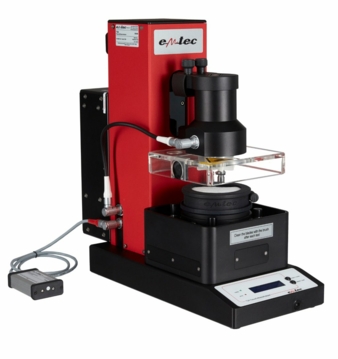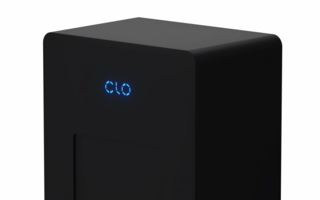05/12/2022 – Advertisement — auf Deutsch lesen
Digitizing the Comfort Factor
Objective data regarding the felt comfort of textiles makes digitization, categorization, and reproduction of product lines a breeze. The TSA Tactile Sensation Analyzer allows manufacturers to precisely measure the haptic parameters softness, smoothness, and in-plane stiffness, as well as deformation and recovery characteristics, within seconds.
It’s no surprise that consumers prefer textiles that are pleasant to the touch. Yet the perception of touch is highly subjective – and getting reliable haptic measurements is challenging for manufacturers.
Textile comfort is often measured via hand panel testing. This method has several disadvantages: For one, human perception varies widely, depending on the tester’s culture, personal preference, and daily mood. Panel testing is time-consuming and the results are not always reproducible. Humans are also unable to differentiate between the haptic parameters softness, smoothness, and stiffness, and can only arrive at an overall impression of a fabric’s hand-feel. This makes it difficult to pinpoint why one product is preferred over another: Is it because it is smoother, softer, or more flexible?
In contrast, the TSA Tactile Sensation Analyzer from emtec Electronic GmbH simulates the human hand to precisely and individually measure haptic traits as well as the deformation parameters (elasticity, hysteresis, plasticity). The TSA then calculates an overall Hand-Feel value that reflects the feel and comfort of the material. This makes it easy to digitize the comfort factor of any fabric.





